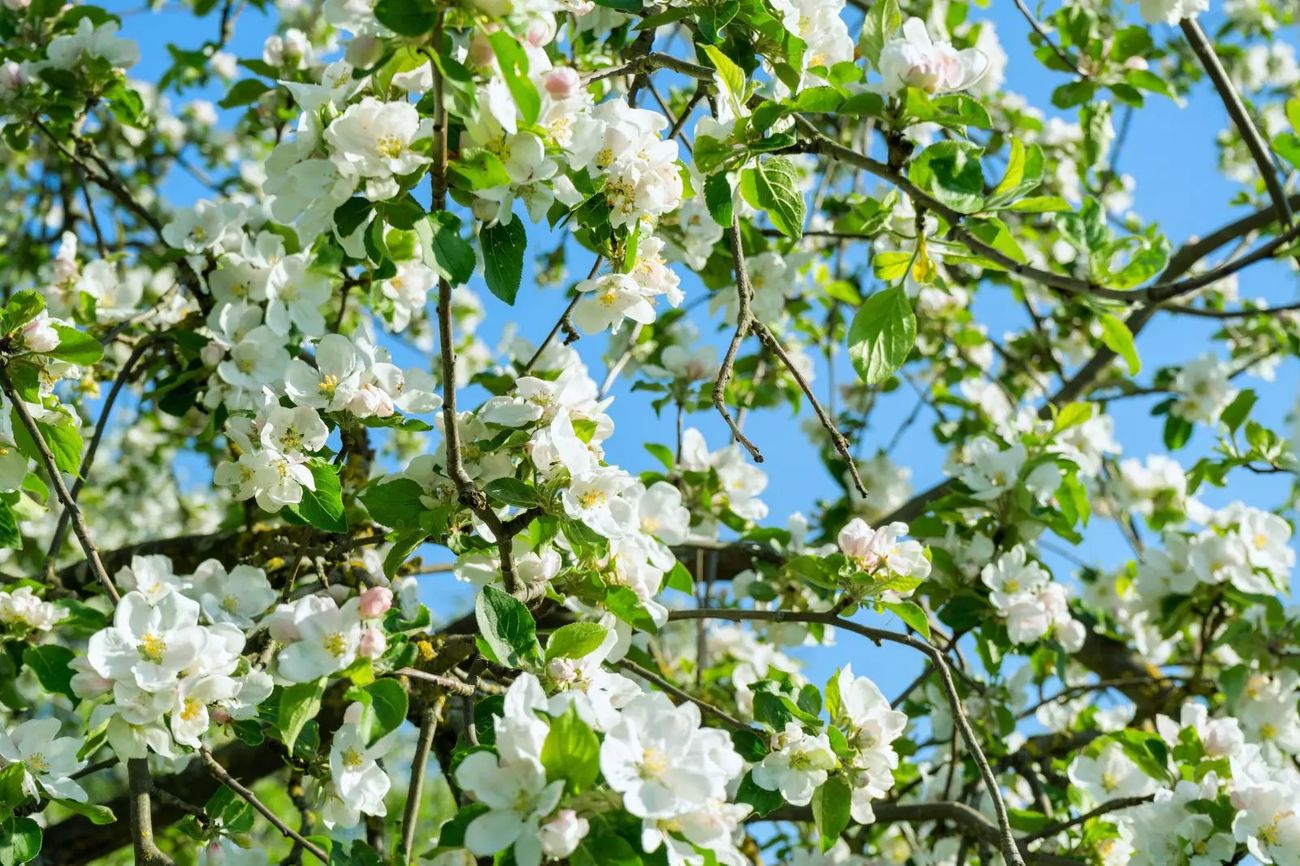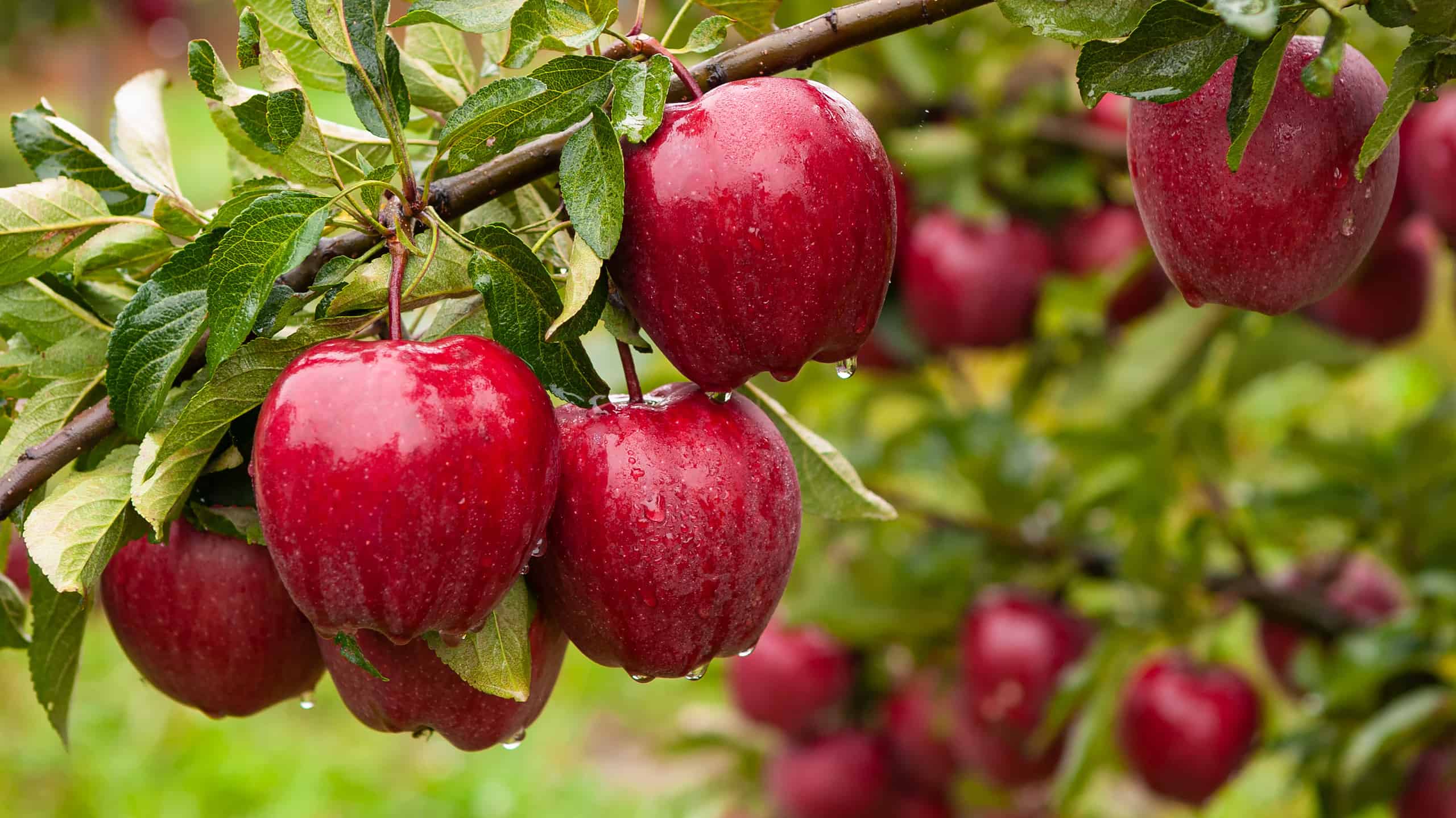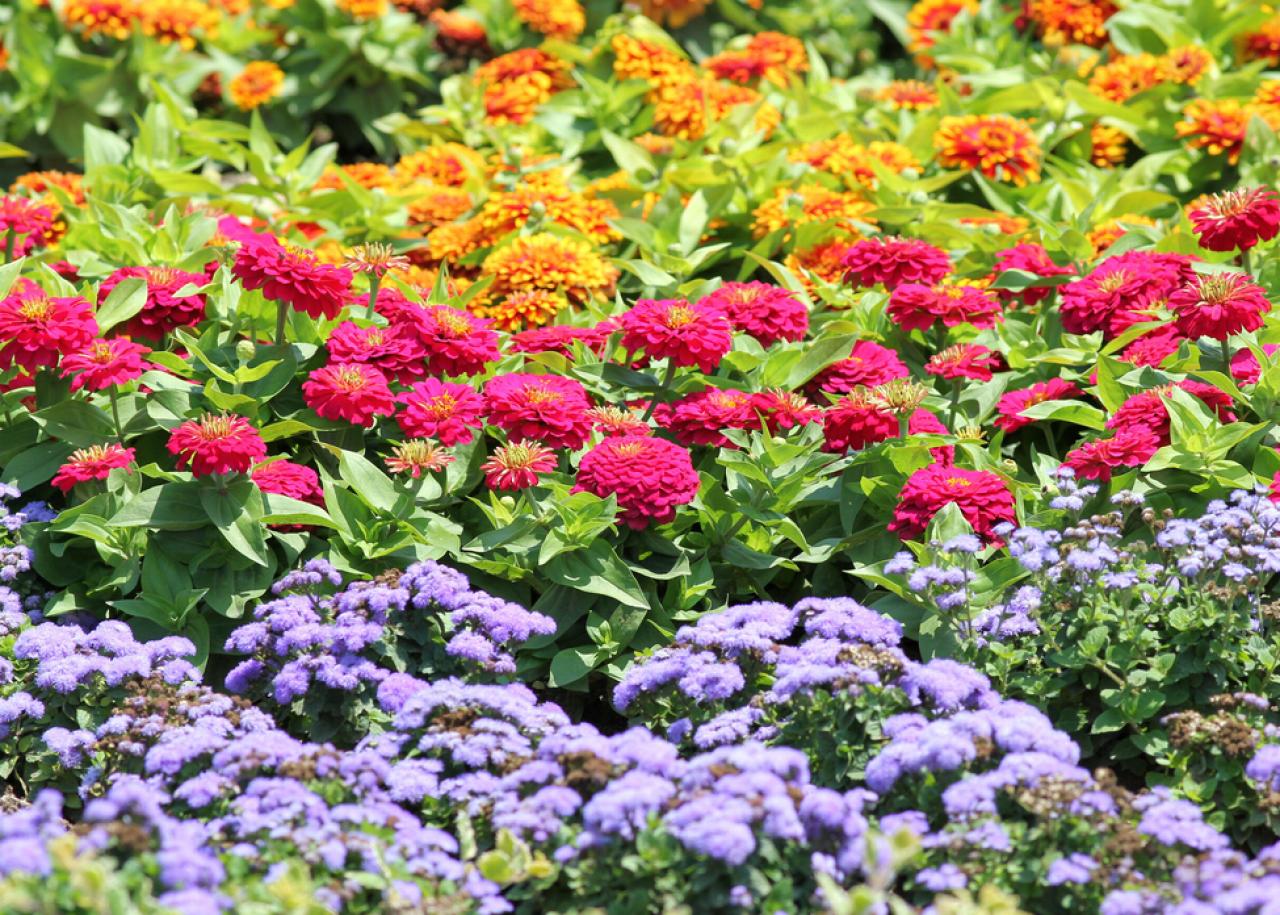Home>Ideas and Tips>Michigan’s State Flower: Growing Apple Blossoms At Home


Ideas and Tips
Michigan’s State Flower: Growing Apple Blossoms At Home
Published: October 28, 2024
Learn how to grow Michigan's state flower, the Apple Blossom, at home with our detailed guide on soil, sunlight, planting, and care tips.
(Many of the links in this article redirect to a specific reviewed product. Your purchase of these products through affiliate links helps to generate commission for Storables.com, at no extra cost. Learn more)
Introduction
Michigan is renowned for its rich agricultural heritage, particularly in the realm of apple production. The state's picturesque landscapes are dotted with lush apple orchards that burst into vibrant colors each spring with the arrival of the Apple Blossom. This delicate flower, scientifically known as Pyrus coronaria, has been the official state flower of Michigan since 1897. In this article, we will delve into the history and significance of the Apple Blossom, provide detailed growing instructions, and offer tips for cultivating these beautiful flowers in your own home garden.
Read more: What Is The State Wildflower Of Michigan?
History and Significance of the Apple Blossom
The Apple Blossom has a long and storied history that dates back to ancient times. Alexander the Great is credited with discovering apples and bringing them back to Macedonia for cultivation. Over the centuries, apples have been a staple crop in many parts of the world, including Michigan. The state's favorable climate and rich soil make it an ideal place for growing a variety of apple species.
In 1897, the Michigan legislature designated the Apple Blossom as the official state flower. This choice was fitting given Michigan's long-standing ties to apple cultivation. The state ranks third in the country in apple production, just behind Washington and New York. While Michigan's orchards produce many varieties of apples, lawmakers singled out the flower of the Pyrus coronaria, or crabapple, for this distinction.
Each April and May, crabapple trees burst out in delicate white and pink blossoms. These clustered flowers not only add color to otherwise green apple orchards but also give off a valuable honeysuckle scent. The sweet fragrance attracts bees to orchards where they do the important job of pollinating. Apple growers often plant crabapple trees amongst their other apple varieties just for this purpose. After Apple Blossoms are pollinated, fruits begin to grow. The crabapple tree’s fruit reaches maturity by late summer, although it is largely ornamental or used only in preservatives and jellies.
The Apple Blossom has become an integral part of Michigan's cultural heritage. Near Grand Rapids, flowers from the apple tree signal the arrival of the annual Blossomtime Festival. This event marks not only the arrival of Apple Blossoms but also the harvest of the region’s grapes, melons, peaches, tomatoes, and tart cherries.
Growing Information
Soil Requirements
Apple Blossoms thrive in well-drained soil. The ideal soil should have a pH level between 6.0 and 6.5. If your garden has heavy clay or sandy soil, you may need to amend it with organic matter like compost or peat moss to improve drainage and fertility.
Sunlight Requirements
Apple Blossoms require partial shade to full sun. While they can tolerate some shade, they will produce more flowers and have a more vibrant color if they receive at least six hours of direct sunlight per day.
Hardiness Zones
Pyrus coronaria is hardy in USDA zones 3 through 8. If you live in an area with colder winters or warmer summers, you may need to take extra precautions to protect your trees during extreme weather conditions.
Planting
To grow Apple Blossoms at home, you can either purchase a young tree from a nursery or propagate one from seed. Here are some steps to follow:
- Choose a Location: Select a spot with well-drained soil and partial shade to full sun.
- Prepare the Soil: Dig a hole that is twice as wide and just as deep as the root ball of your tree. Add organic matter like compost or peat moss to improve soil quality.
- Plant the Tree: Gently remove the tree from its container and place it in the hole. Fill in the hole with soil, making sure not to compact it too much. Water thoroughly.
- Mulch Around the Tree: Apply a layer of mulch around the base of your tree to retain moisture and suppress weeds.
Care Tips
- Watering: Apple Blossom trees need consistent moisture, especially during their first year after planting. Water them regularly but avoid overwatering which can lead to root rot.
- Fertilization: Feed your tree with a balanced fertilizer in early spring before new growth begins. Follow instructions on the fertilizer package for application rates.
- Pruning: Prune your tree annually to maintain its shape and promote healthy growth. Remove any dead or diseased branches in late winter or early spring before new growth starts.
- Pest Control: Keep an eye out for pests like aphids, spider mites, and codling moths which can damage leaves or fruit.
Tips for Growing Apple Blossoms at Home
Read more: How To Grow Cherry Blossom Tree From Seed
Container Gardening
If you don’t have space in your yard for an entire tree, you can grow Apple Blossoms in containers Here’s how:
- Choose a Container: Select a large container with good drainage holes at least 12 inches deep.
- Soil Mix: Use a well-draining potting mix specifically designed for trees.
- Planting: Plant your tree in the container following similar steps as planting directly in the ground.
- Placement: Place your container in a sunny spot but avoid direct sunlight during peak hours to prevent scorching leaves.
Propagation from Seed
While it's easier to purchase a young tree from a nursery, you can also propagate an Apple Blossom from seed if you're feeling adventurous!
- Collect Seeds: Collect seeds from an existing Apple Blossom tree after they have dried out completely.
- Stratification: Place seeds in moist peat moss stored at around 40°F (4°C) for several months to simulate winter conditions.
- Germination: Sow seeds indoors about 1 inch deep in seed starting mix after stratification period ends.
- Transplanting: Once seedlings have two sets of leaves transplant them into larger containers until they're ready for outdoor planting.
Fun Facts About Apple Blossoms
- Largest Apple Ever Picked: The largest apple ever picked from a tree came from Caro, Michigan, weighing three pounds two ounces!
- Fragrance Attraction: The sweet fragrance of Apple Blossoms attracts bees which play an essential role in pollination.
- Orchard Significance: Apple growers often plant crabapple trees amongst other varieties just for their pollination benefits.
Celebrating Apple Blossoms in Michigan
Michigan celebrates its Apple Blossoms through various festivals and events throughout the state:
- Blossomtime Festival: Held annually near Grand Rapids marking both the arrival of Apple Blossoms as well as other seasonal harvests like grapes and melons.
- Local Orchards Tours: Many local orchards offer tours during peak blooming season allowing visitors to witness firsthand these beautiful flowers up close.
Read more: When Does Grass Stop Growing In Michigan
Conclusion
Growing Apple Blossoms at home is not only rewarding but also connects you directly with Michigan's rich agricultural heritage while adding beauty to your garden landscape year after year By following these simple steps outlined above along with some fun facts about these lovely flowers you'll be well on your way towards enjoying these delicate white and pink blooms right from within your very own backyard!
References:
- ProFlowers Blog – Michigan State Flower – The Apple Blossom
- Michigan.gov – State Facts and Symbols
- Royers.com – State Flower of Michigan – Apple Blossom (Pyrus Coronaria)
- 50States.com – Michigan State Flower
- Statesymbolsusa.org – Michigan State Flower | Apple Blossom
Was this page helpful?
At Storables.com, we guarantee accurate and reliable information. Our content, validated by Expert Board Contributors, is crafted following stringent Editorial Policies. We're committed to providing you with well-researched, expert-backed insights for all your informational needs.













0 thoughts on “Michigan’s State Flower: Growing Apple Blossoms At Home”